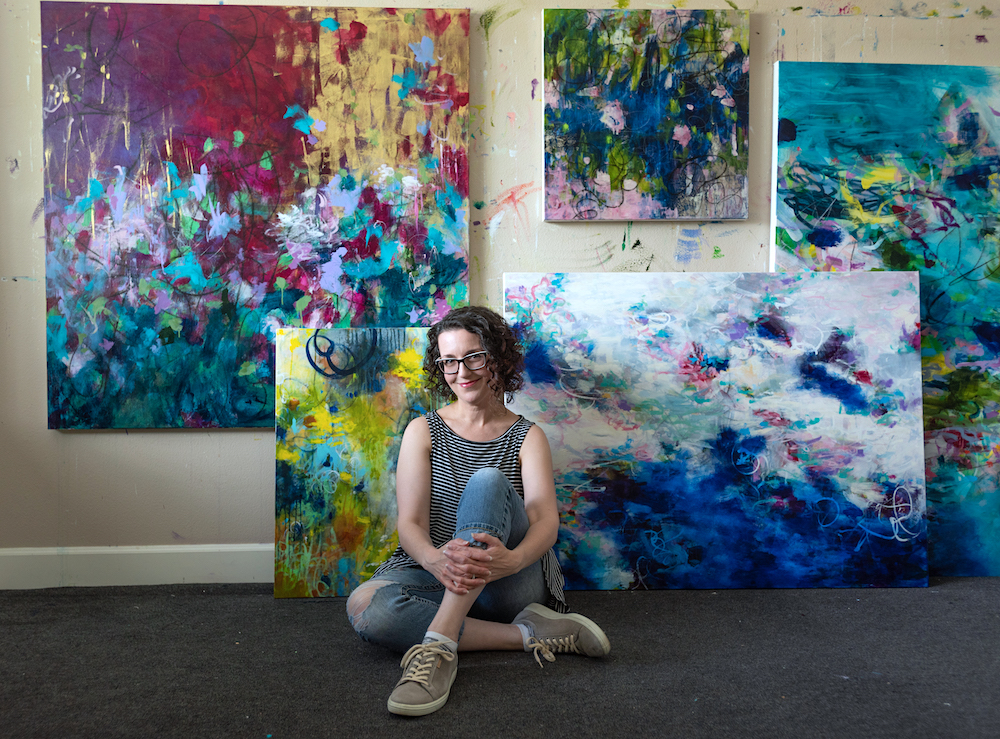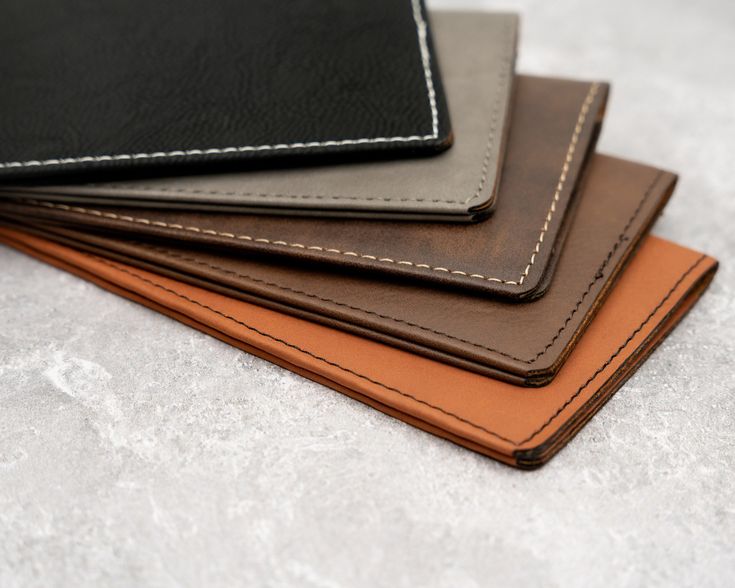Australian Pioneers of Abstract Art: Sir George Russell “Tass” Drysdale
We have all heard the term abstract art bandied about but might be a bit unclear on just exactly what it refers to. The style originated in the early 1900s and epitomizes the modern art of the 20th century to the present day. Abstract art makes no attempt to represent accurate depictions of the world we see, relying instead on the use of shapes, colours, forms, and other seemingly random effects to achieve a reality unrelated to the consensus.
Some of the great pioneers of the groundbreaking departure from realism that abstract art represents happen to be Australians! One of the most celebrated was Sir George Russell Drysdale, who went by the nickname Tass Drysdale and was credited with creating a revolutionary new vision of the Australian scene. Drysdale was born on the 7th of February 1912 in Bognor Regis, Sussex, England. His Anglo-Australian pastoralist family settled in Melbourne, Australia in 1923. Drysdale was troubled by poor eyesight nearly all his life, at age 17 a detached retina made him virtually blind in his left eye, but he never let it stop him.
In 1932 Drysdale was working as a jackaroo in Victoria where he by chance met artist and critic Daryl Lindsay who, impressed with Drysdale’s natural artistic talents, encouraged him to pursue a career as an artist. He studied with modernist artist George Bell in Melbourne from 1935 to 1938 and made several trips to Europe during 1938–39. He attended London’s Grosvenor School and the Grande Chaumière in Paris. He returned to Australia in 1939 and was considered to be an emerging talent looking for his personal vision. In 1940 he found his true inspiration, the Australian Outback, where he developed his characteristic style depicting sparse figures inhabiting desolate landscapes under ominous skies.
Drysdale’s 1942 solo exhibition in Sydney achieved critical success, establishing him as one of the leading Australian modernists of his time. Under the auspices of The Sydney Morning Herald, in 1944 Drysdale journeyed to western New South Wales “to illustrate the effects of the then-devastating drought”. His moving paintings of the drought-ravaged region were considered outstanding and his reputation continued to grow. His painting of the town of Sofala won the 1947 Wynne Prize for landscapes. His 1948 painting The Cricketers was touted by the National Gallery of Australia as “one of the most original and haunting images in all Australian art.”
In 1950 Drysdale returned to London to stage an exhibition at London’s Leicester Galleries, which proved to be one of Australian art’s most significant milestones. Australian art had been thought of as a provincial sub-species of British art, but Drysdale’s visionary works convinced the British critics that Australian artists held a distinct vision as they explored the Antipodean island nation’s mysterious and stark and beautiful physical and psychological landscapes.
Drysdale was knighted for his services to art in 1969 and was appointed a Companion of the Order of Australia in 1980. Drysdale died in Sydney in 1981, a venerable champion of Australian art.






